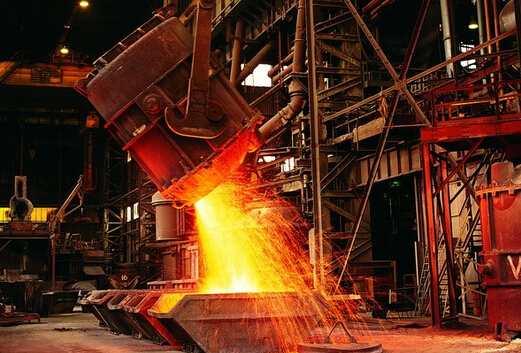The defects of traditional casting composite interface are avoided in principle. Solve the following problems:

1). Ordinary white cast iron, nickel hard cast iron and high chromium cast iron are three generations of white cast iron that have been successively inherited and developed. Compared with ordinary cast iron, high chromium cast iron has been greatly improved in toughness, high temperature strength, heat resistance and wear resistance. It is known as the best wear-resistant material in modern times and is widely used. The working conditions of wet ball mill in mineral processing industry are extremely complex, which also puts forward higher requirements for high chromium cast iron, requiring it to have the comprehensive performance of wear resistance, impact resistance and corrosion resistance. In response to these requirements, the microstructure of high chromium cast iron was improved by adding alloying elements or modifiers, so as to further improve the service properties of high chromium cast iron.
2). The solidification of bimetal lining is a coupling process between temperature field and stress field, and the heat transfer directly determines the feasibility of composite casting; The physical parameters of the two materials vary widely with temperature, and the interface between carbon steel and high chromium cast iron produces stress due to temperature shrinkage. Therefore, it is necessary to reveal the coupling process of heat and stress in the solidification process of carbon steel / high chromium cast iron bimetal in theory, so as to provide a valuable reference for guiding the subsequent lining plate forming process.
3). Since the lost foam casting technology is proposed for the first time to produce bimetallic lining plates, the feasibility of the process theory must be demonstrated in combination with the principle of lost foam casting. The operability of the process practice must be analyzed from the bimetallic liquid composite casting process, and the scientific and technical problems in the production process of bimetallic lining plates can be eliminated by optimizing the bimetallic liquid lost foam casting process.
4). Microstructure composition and morphology distribution determine the mechanical properties and working properties of materials, while forming process and heat treatment process directly determine the composition and distribution of microstructure. For bimetal liquid lost foam casting and destabilization heat treatment process, it is necessary to analyze the process adaptability of high chromium cast iron and carbon steel through microstructure, and to explore the process adaptability of these two materials after compounding. In the traditional liquid-solid composite process, because the interface is in the boundary area of the heat source, the interfacial bonding strength of the two metals only depends on mechanical adhesion. Can the bimetallic liquid lost foam casting process realize the metallurgical bonding of the two metals? What kind of thermodynamic conditions and chemical composition can obtain the best composite interface during solidification? It needs to be judged according to the research results of microstructure.
5). For the bimetallic composite casting lining, the condition of the intermediate joint surface has a very important impact on the service life of the village plate. If the quality of the intermediate joint surface is poor and no metallurgical joint is formed, the lining plate will break and fall off during use, affecting the service life of the lining plate and even causing accidents. The rationality of process parameters must be verified by testing the interface bonding strength through various mechanical properties.
6). The wear-resistant testing machine in the laboratory is often used for the performance test of wear-resistant materials. Considering that the load conditions of the wear-resistant testing machine are still very different from the service conditions in the real ball mill, in order to truly reflect the advantages of the performance of the bimetal lining plate and the lost foam dual liquid composite casting process, the wear-resistant performance test of the lining plate under the actual working conditions must be carried out.
